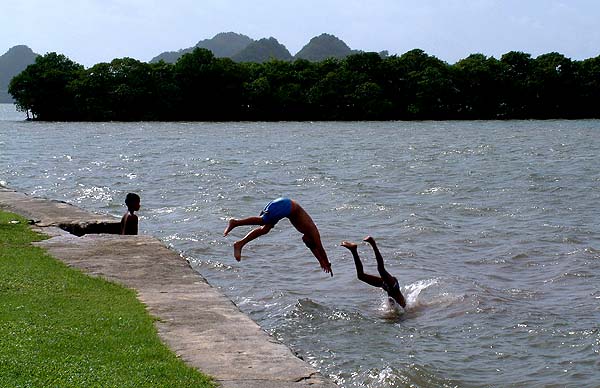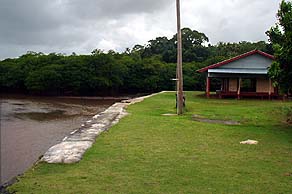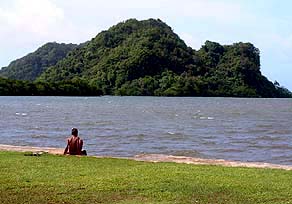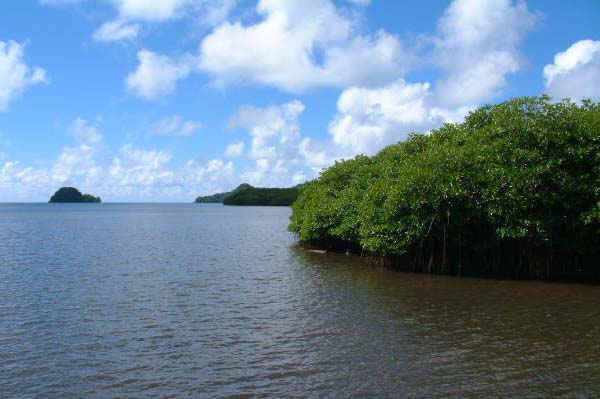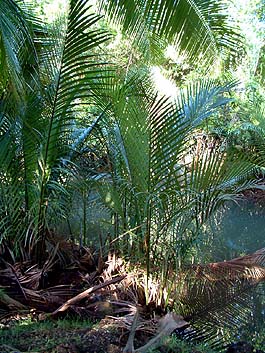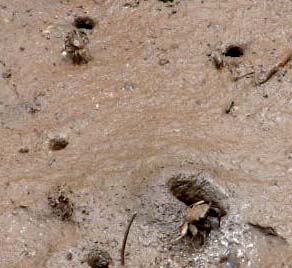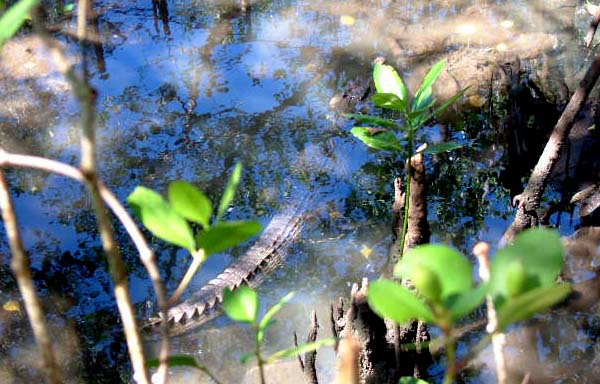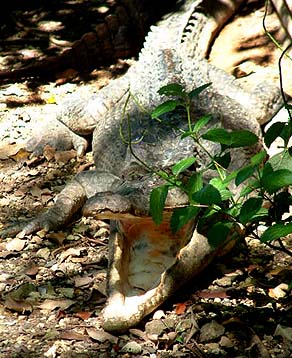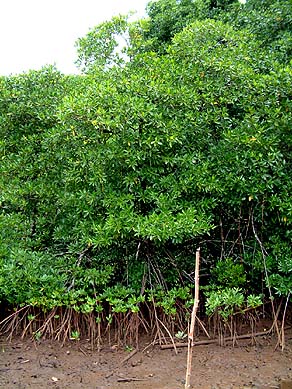 |
 |
 |
 |
||||
|
|
|
|
|
|
|
|
|
|
|
|||||||
|
|
|
|
Swimming off the dock at Uchulangas. |
|
"Certainly part of growing up is to learn to swim," Noah asserts. "In the past, fishing was the domain of men. So all boys would learn how to swim. They would go fishing with their parents or with their elders, so they would have that opportunity. They’ll throw you overboard to make sure you force yourself to swim. That’s part of your training. At a very early age, you learn that."
|
||
|
|
||
"Not so much for women; women wouldn’t be in the sea. There are some special pools where they would go in and bathe. It’s maybe more for ceremonial purposes and spiritual healing than any other thing. "Women take the coconut and make sort of a coconut oil that they used to put on their bodies. It is for healing purposes, after they have babies. "Recently, we have women participating in fishing activities too."
|
|
|
"On Babeldaob, beaches start from Melekeok and go up north on the east side. They go all the way to Ngerechelong. So beaches are not found in Airai." "In places like Airai or the west side, the water trail would be the place where the landing would be: the boats would go in the water trail through the mangroves and then there would be a landing place, a pier, where they would build a platform for the canoes and have access to the village."
|
|
|
|
|
"Mangrove areas are part of the village, and we kind of respect them. The only thing that we would do to the mangroves is to clean the water trails, make sure the water trails are clear so that you have access coming in and out of the villages. And with typhoons, storms, of course you want your boats to be in the water trails.
|
||
|
|
||
"For us in the east, whenever there were storms we would bring our canoes inside the mangrove trails and tie them up there. And then nipa palm that they use for thatching, they plant that around certain areas by the mangroves and so harvest that for the houses. They were intentionally planted and cared for and used for the houses. "Now we recognize the protection that the mangroves offer for the land, and the world ecological function of the mangroves."
|
|
|
"There are very different uses for the mangroves. Mainly we used the mangroves trees for taking what we need for building materials. The bark is also used, too. The tannin in the bark is used for protecting fishing nets: you dip the net in it to coat it. We take the bark and all that coloring from it, and dipping the net in that will strengthen the net. It gets hard and waterproof. Of course mangrove areas are also where the crabs are: there they have holes that you can check every few days to get your crabs." "You also fish around the mangroves. There are certain fish found around the mangroves, so when you go toward the mangroves you do specific things. There is fishing associated with the mangroves, and fishing associated with the sand flats and sea grass beds, and fishing associated with the coral reefs and outside in the open ocean. So there’s all different ways of doing things."
|
|
|
|
|
"Mangrove areas are where the crocodiles live. There are crocodiles near Airai Village. The crocodile is pictured in stories of a relationship between crocodiles and families. Before, you respected the crocodile, you kind of treated it as a mysterious thing. When you’re in places where crocodiles are known to be, you know the risks—you don’t swim. "Then in about 1965 a fisherman from Airai Village got taken by a crocodile. Then there was anger towards the crocodile, and at the time we had a conservation officer for the Trust Territory of the Pacific Islands that was based here; and they actually undertook a project to eradicate the crocodile after that. And that left quite a mark on people’s minds that the crocodiles were bad and we need to get rid of them."
|
||
|
|
||
"They never succeeded, but since then, the reputation of crocodiles has not been good. Maybe it has been so long now that people will look at crocodile a little bit differently, with more of a conservation view. I think the attitude will change, but until a few years ago, no one would dare try to think of crocodiles as a good thing, because people would automatically say, ‘what’s wrong with you?’ But I think that’s already changing. "The crocodiles have come back quite well. And while it’s coming back, we need to figure out how to do something with the population and the coexistence with humans. Because as we move into Babel daub with the new road, people will come into contact with crocodiles more often than previously. So we want to make sure that contact is positive. I think the next step is to figure out how to start promoting a positive relationship between the crocodile and people."
|
|
Mangrove forest at low tide.
|
“When the Japanese were on the island, the Okinawans used the mangrove to make the charcoal,” Walter says. “They stayed in the mangrove areas and cut it down and sold it for lumber and for charcoal. They built a traditional Japanese kiln, where they made the charcoal. Every morning, Japanese women, Okinawan women would walk along the street with baskets full of all kinds of fish. At the same time they were getting the mangrove for charcoal. “I think the mangroves are getting really out of hand. If you go onto the waterfront of any village here, they have invaded the areas that people use. Where I live, and the estuary over there, the mangrove has overgrown the area already. Now the mangrove is is invading the space in front of the shores, and growing right out to the open water."
|
"You look at Kramer’s map, it was very thin mangrove. People used to go across the causeway, back when they could. But now there is too much vegetation. That is evidence of how the mangrove has invaded. That’s why if they could, if the people in the village should decide to restore that place, then this is probably one of the things that should be done. "It has also now become a habitat for birds too, and other creatures, those mangroves. But it used to be that from the dock, you could see the other side. But they let it over grow now."
|
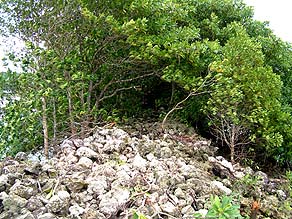
|
|
|
|
|
Swimming is important for fishing and gathering the many resources available on the reef.
|
||
|
|
||
|
|
|
|
|
|

|
| Airai Home | Map Library | Site Map | Pacific Worlds Home |
|
|
|
|

|
|
|
|||
| Copyright 2003 Pacific Worlds & Associates • Usage Policy • Webmaster |
|||
